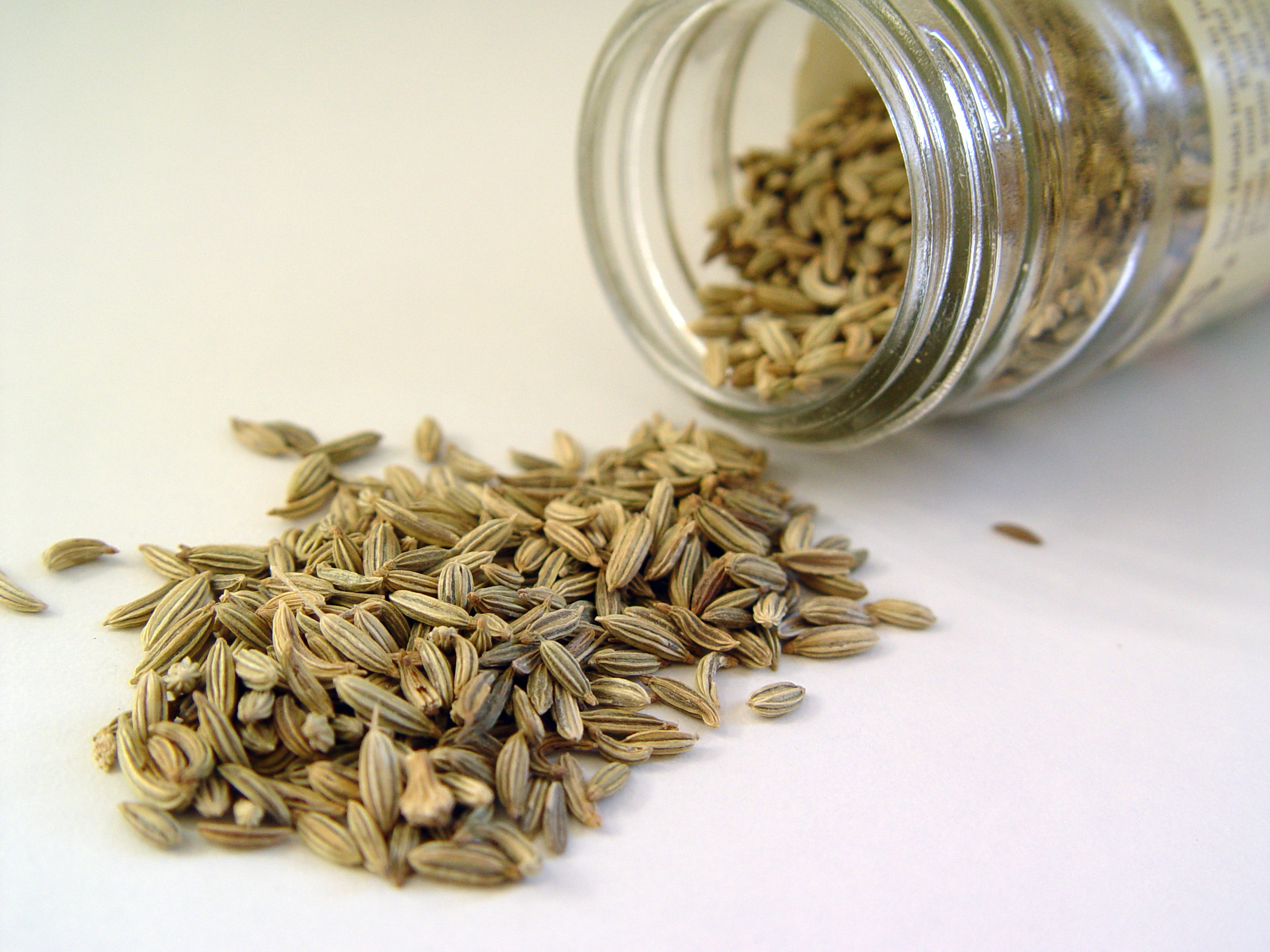Step by step process of cooking Gujarati Dal: (test recipe)
First, tuvar Dal is washed and cleaned then placed
within a pressure cooker.
The Dal is to be cooked until two of the whistles are
blown from the pressure cooker.
In a pan, oil, mustard and cumin seeds are added and
fried. The curry leaves are then added shortly after.
The pan is then cooled before adding tomatoes
otherwise it is splatter.
Once the tomatoes are added, the ginger cube and two
chillies are added.
The spices and other ingredients are then added within
the dish, such as chili powder, turmeric, salt, sugar, peanuts and
desiccated coconut are added.
The tomatoes are then reduced till it is a thicker
mixture.
fresh coriander is then added to the tomatoes, however
this can also be added right before serving.
Once two whistles had finished from the pressure
cooker, the mixture (once cooled) is chopped using a food processor.
The mixture is then added to the tomato base sauce.
Water is then added to thin out the mixture more
clearly and then boiled for 10 minutes. Once this is completed the Dal is
served.
























